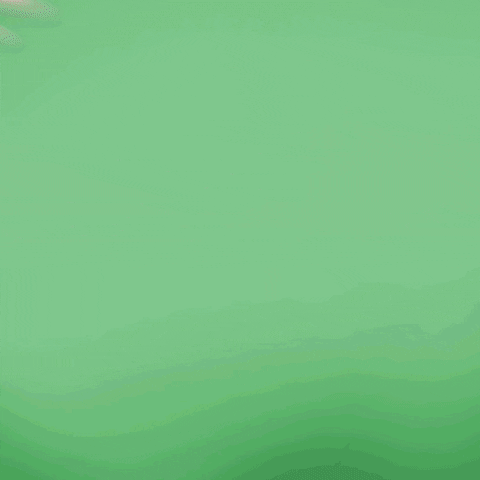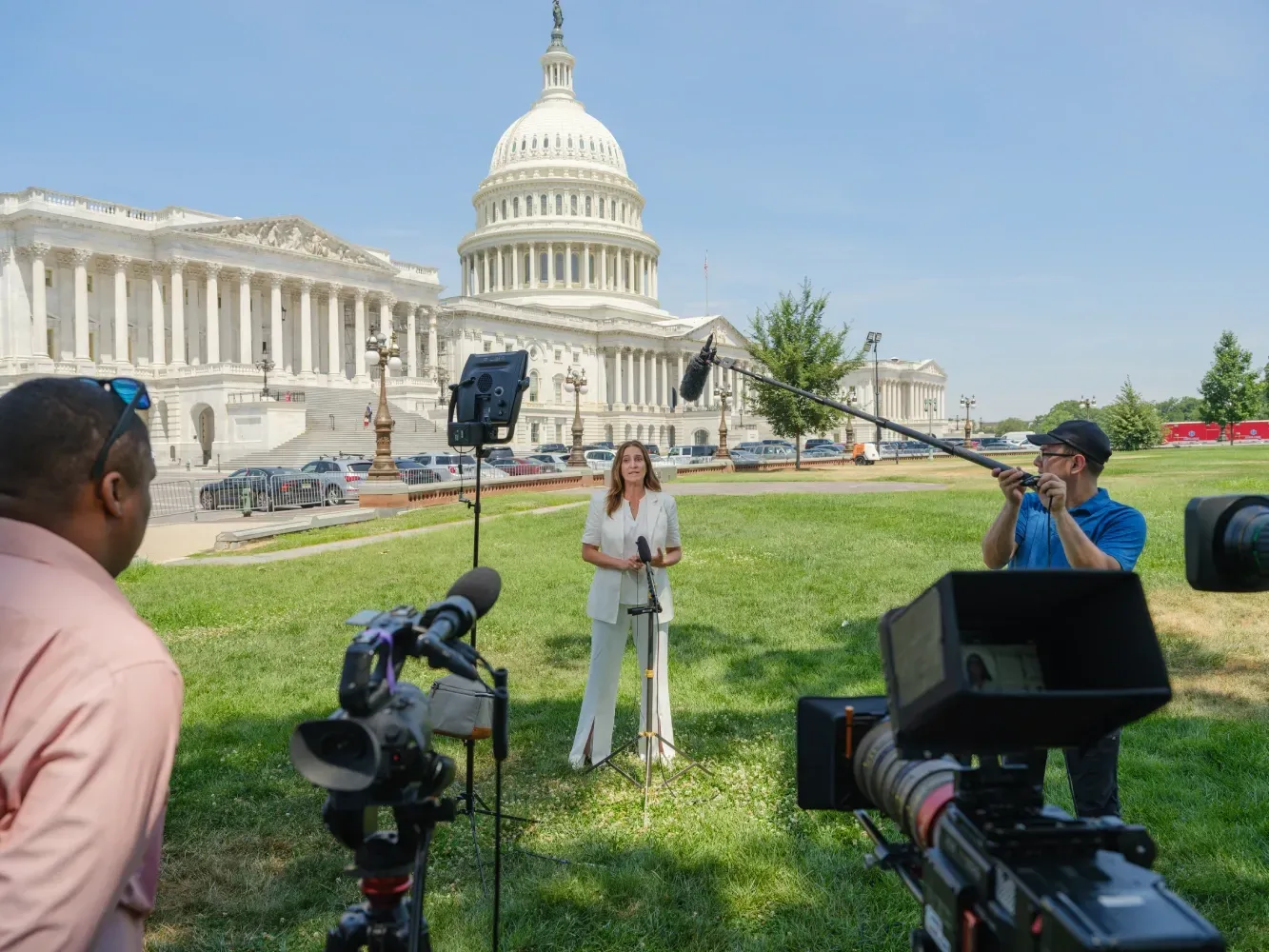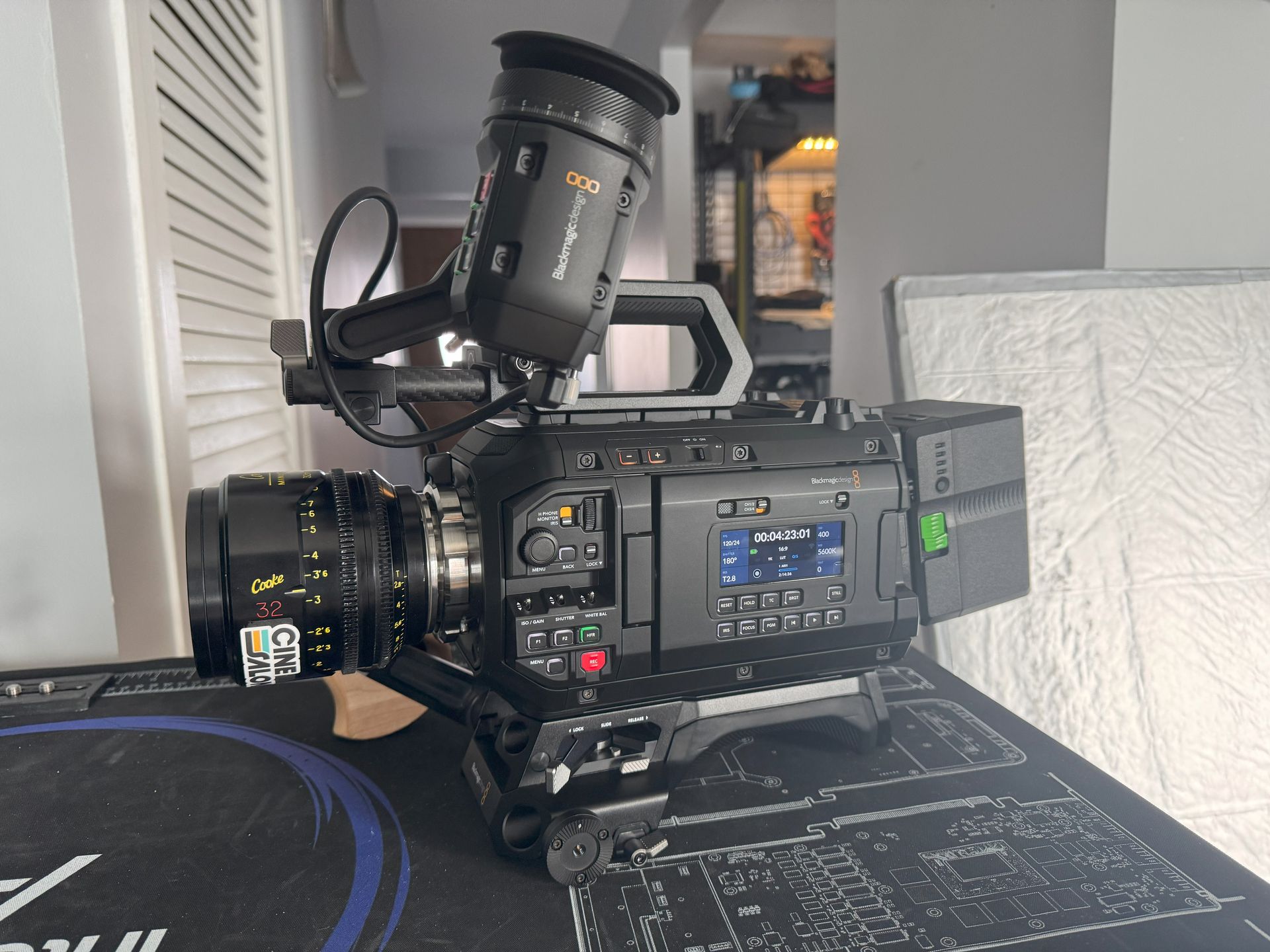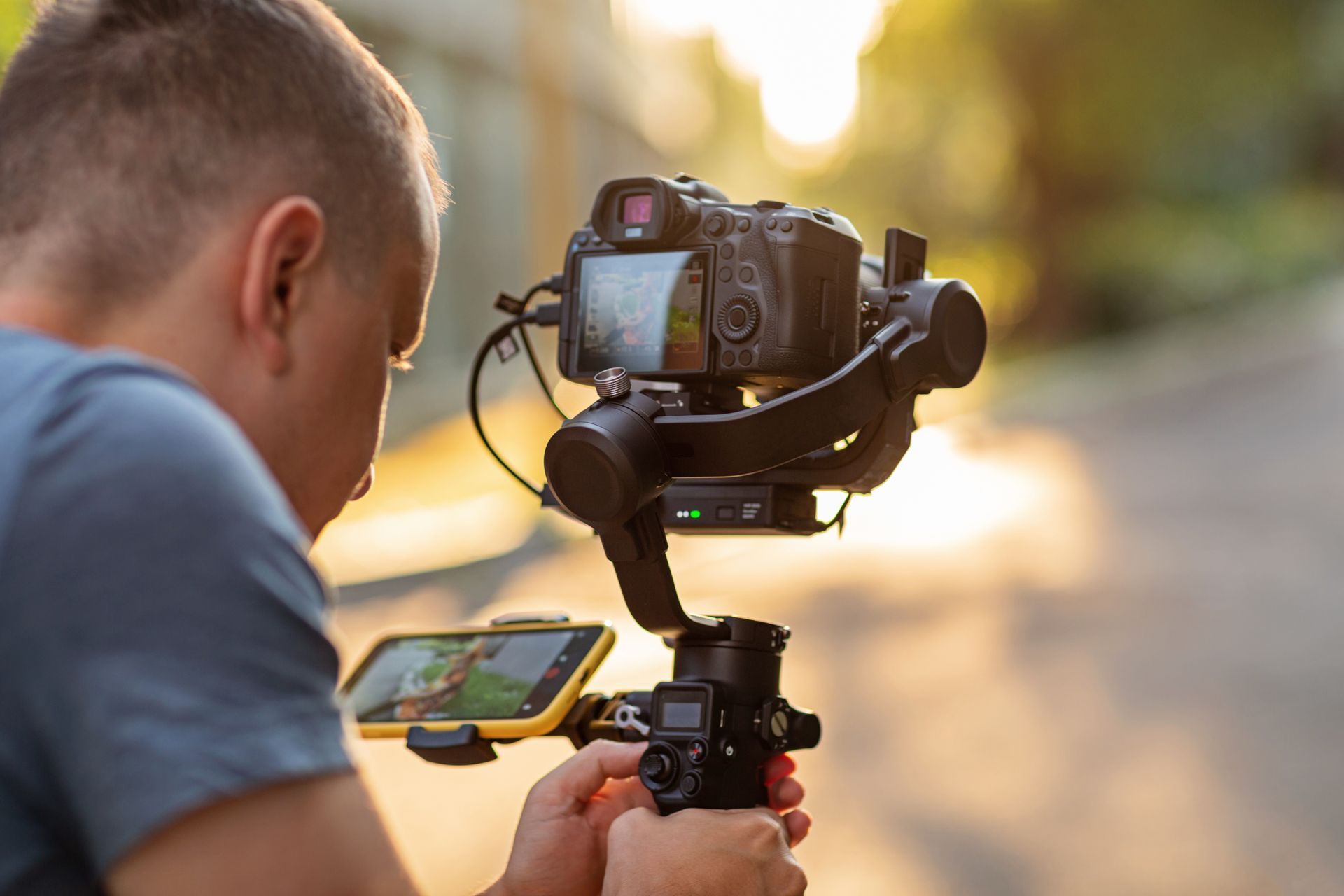When people are moved by videos that they have just watched, they don’t realize how much color grading has played a role in bringing such powerful images to their screens.
Visual effects, the angle of the shots, and lighting all work together to create a fantastic image, the colors used and the methods that were utilized generate the amazing "experience" when you watch a show, an episode, or a movie.
We may not realize it even as we focus our attention on the film. Still, directors, designers, and cinematographers alike know how impactful the perfect mixture and play of color and light is when it comes to the overall quality of a video. Colors are such crucial elements that there is even a job post dedicated to colorists alone to ensure that this task is done right.
Your Image and its Visual Elements
Here are some terms that you will want to add to your vocabulary.
Contrast
Temperature
Saturation
Hue
Exposure
How do you process color?
Other areas that you can work on while you're editing are the pacing of the videos, the trimming, and then achieving a picture locked phase, which is so much closer to your final cut. By this time, your video is now ready to be edited for the color components. The entire process is known as “color correction.”
How grade videos?
Camera Lenses
Color Palettes
Complementary Palette
Analogous Palette
Monochromatic Palette
As the name implies, you pretty much employ just one-color shade for your videos in this scheme. For instance, in the film, "Blade Runner 2049,"there was a scene of utter destruction that only used the color palette orange brown to depict a derelict and hopeless world. This palette is typically utilized when you want to bring the viewers to the character's mind in the scene or to invoke the same emotions from them that the actor in the movie feels.
Color Associations
Color Transitions
No Color
Final words
Ultimately, it's up to you to make color video filters work to produce a good film. It's best to create a storyboard to map out your color plans and create fantastic visuals for your videos.

Get total clarity on your video marketing and paid media with our FREE comprehensive data audit.







